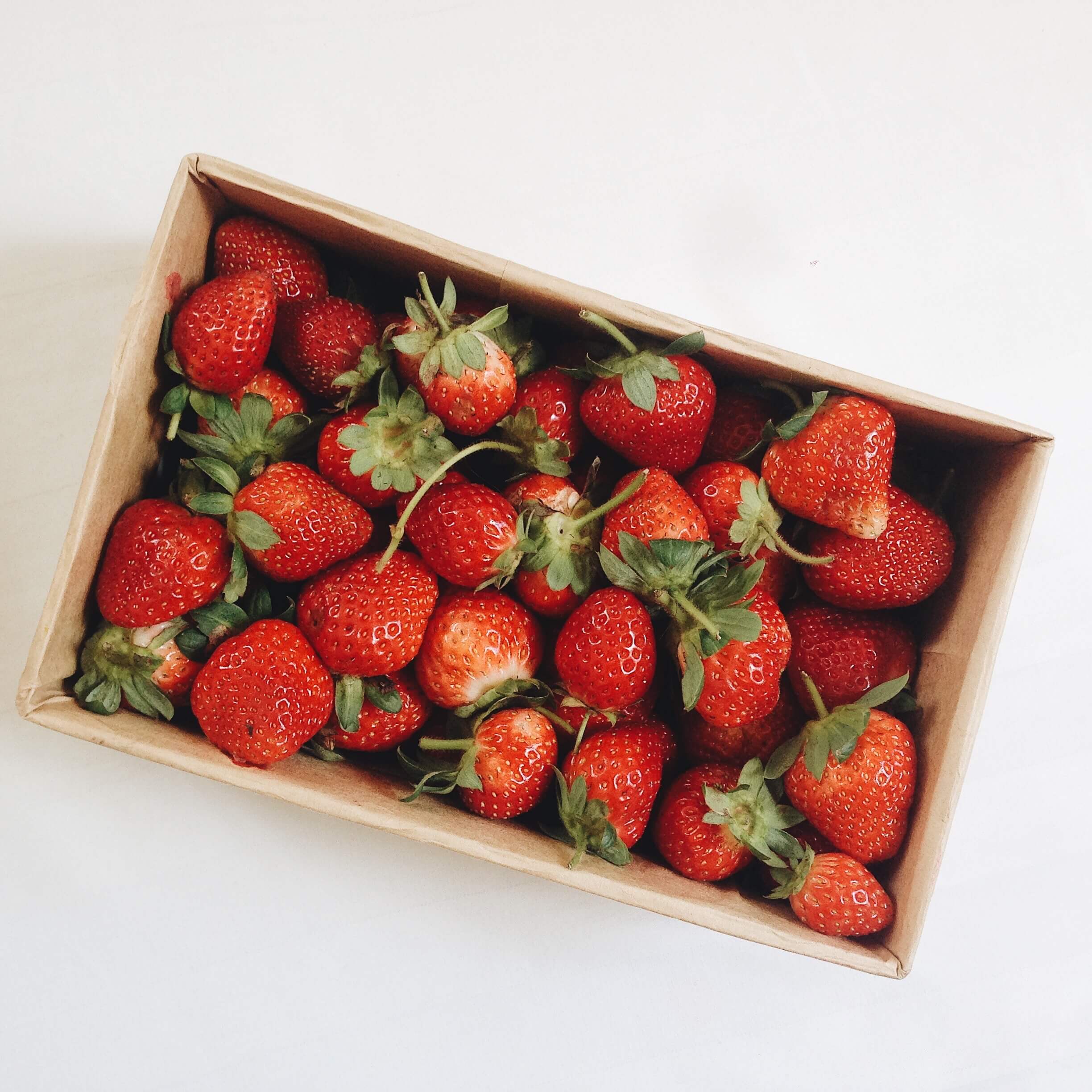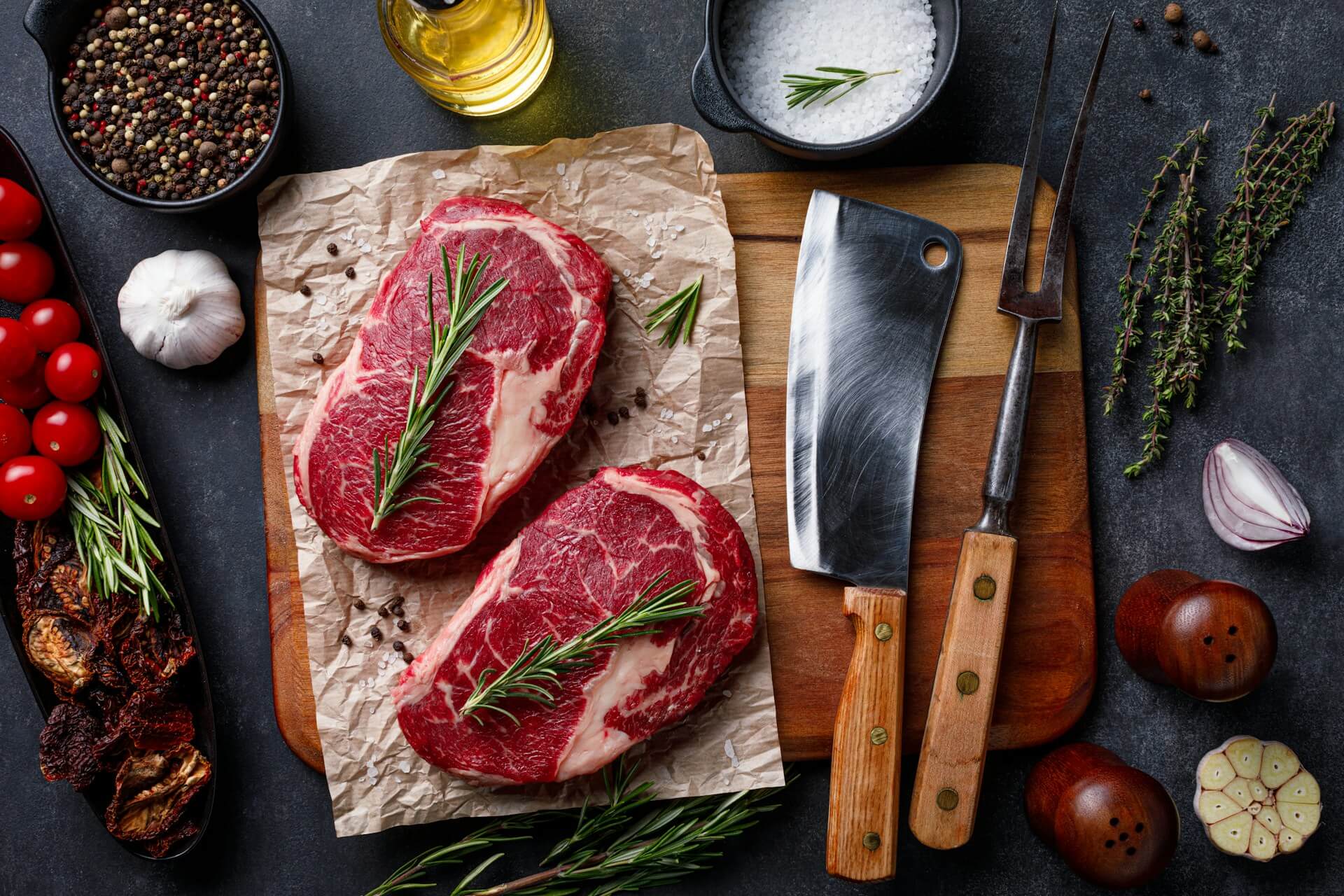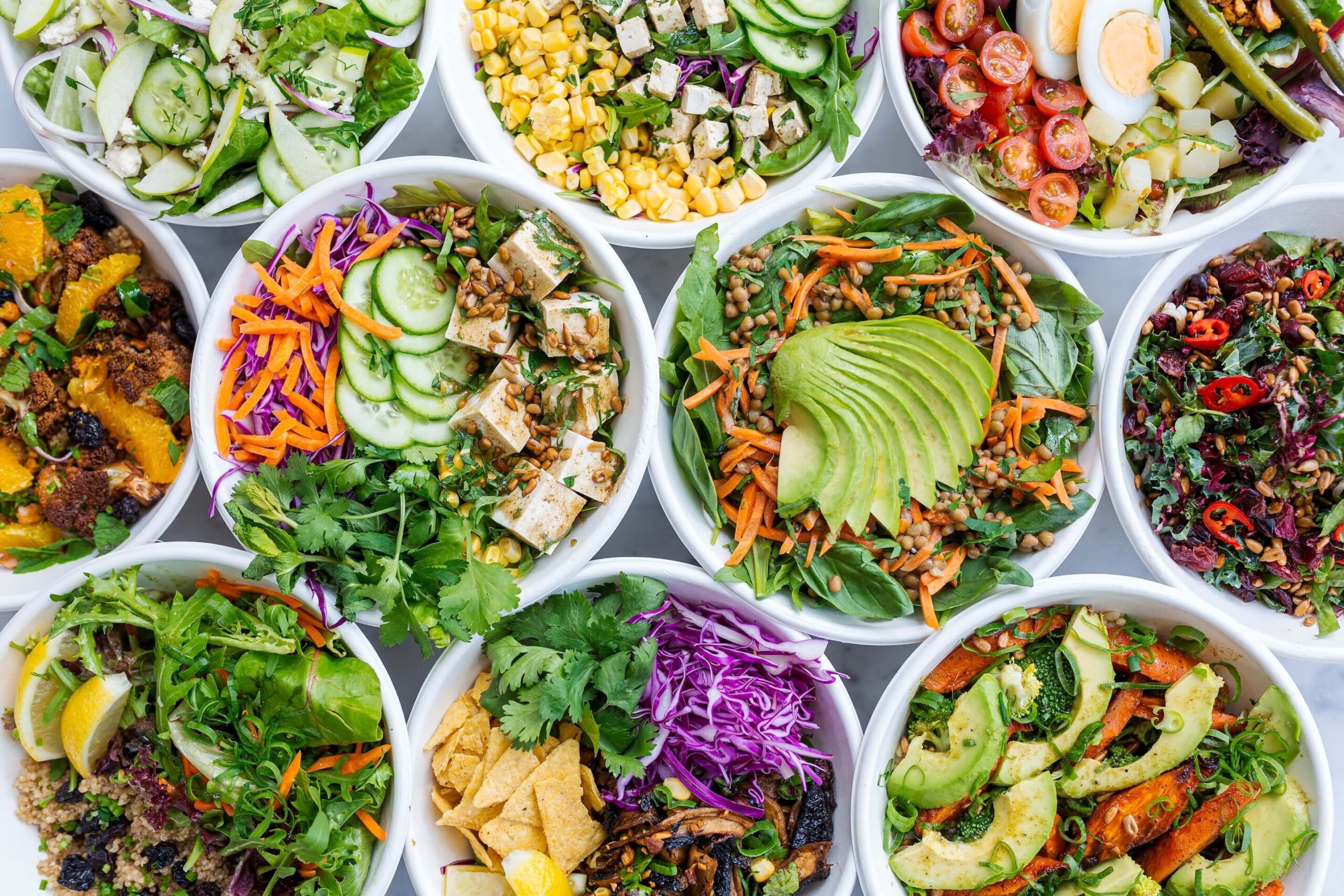Every spring, headlines scream about toxic produce and the latest Dirty Dozen list of fruits and vegetables. You’ve probably seen it shared on social media or saved a screenshot on your phone for grocery shopping.
Maybe you’ve even felt guilty buying conventional strawberries or spinach because they topped the list. But here’s what nobody’s telling you: this annual list might be doing more harm than good, especially if you’re trying to eat healthier after a cancer diagnosis.
Cut through “Dirty Dozen” fear and focus on what actually lowers recurrence risk.
My free Clean Scan Plan walks you through my NED Method, five pillars (nutrition, movement, hydration, sleep, stress) – plus a simple produce roadmap (fresh, frozen, canned; organic or conventional) so you eat more plants without anxiety.
What Is the Dirty Dozen List Anyway?
The Dirty Dozen is an annual list created by the Environmental Working Group (EWG), an organization that ranks produce based on pesticide residue levels. The EWG analyzes data from the United States Department of Agriculture and ranks fruits and vegetables from “dirtiest” to “cleanest.”
The 2025 Dirty Dozen Foods List
- Spinach
- Strawberries
- Kale, collard and mustard greens
- Grapes
- Peaches
- Pears
- Nectarines
- Apples
- Bell and hot peppers
- Blackberries (new to the list)
- Blueberries
- Potatoes (new to the list)
The EWG also releases a “Clean Fifteen” list of produce with the lowest pesticide residues:
The 2025 Clean Fifteen List
- Avocados
- Sweet corn
- Pineapple
- Onions
- Papaya
- Frozen sweet peas
- Asparagus
- Honeydew melon
- Kiwi
- Cabbage
- Watermelon
- Mushrooms
- Mangoes
- Sweet potatoes
- Carrots
Sounds helpful, right? Not so fast. The Environmental Protection Agency and US Food and Drug Administration already have strict safety standards in place.
In fact, over 99% of produce tested by the USDA has residue levels well below these EPA safety limits. That means even the produce on the Dirty Dozen list is actually safe to eat.
The Problem Nobody’s Talking About
Here’s where things get concerning. Research from the Illinois Institute of Technology found that fear-based messaging about produce actually makes people, especially those with lower incomes, less likely to buy ANY fruits and vegetables, whether organic or conventional. Think about that for a minute. In trying to promote organic produce, the Dirty Dozen list might actually be scaring people away from eating the very foods that protect against cancer.
And let’s be real. If you’re in a food desert where your only option is a convenience store, or if you’re on a tight budget after medical bills, being told your affordable produce is “dirty” doesn’t help. It just adds guilt and fear to an already stressful situation.
Why the Science Doesn’t Support the Scare?
The fear around pesticides on produce sounds logical at first. Nobody wants chemicals on their food, right? But when you actually dig into the research and look at the numbers, the whole Dirty Dozen panic falls apart.
Scientists who study toxicology, food safety experts at the FDA, and researchers at major universities all agree that the pesticide residues on our produce are nowhere near levels that could cause harm. Let’s break down what the actual science says, not what makes scary headlines.
The Dose Makes the Poison
Remember when the EWG claimed a fungicide on citrus could cause cancer? They forgot to mention you’d need to eat 85 oranges per day to reach any concerning level. The Pesticide Data Program consistently shows that pesticide residues on produce are thousands of times lower than levels that could cause any health effects.
Dr. Carl Winter from UC Davis analyzed the data and found that consumer exposure to the most common pesticides on Dirty Dozen produce was 20,000 to 30 million times lower than doses that don’t even affect lab animals. Let that sink in.
The Math Doesn’t Add Up
The Alliance for Food and Farming created a calculator showing how much “contaminated” produce you’d actually need to eat to reach any effect level. A child could eat 340 servings of spinach or 1,500 servings of strawberries in a single day without any health effects from pesticide residues. That’s not exactly a realistic concern, is it?
What About Organic Produce?
Here’s something the Dirty Dozen doesn’t mention: organic farms use pesticides too. They’re just different ones. Copper sulfate, commonly used in organic farming, can be more toxic than some synthetic alternatives. The organic insecticide rotenone was so problematic it was banned in 2019.
Don’t get me wrong. There’s nothing wrong with choosing organic if that’s what you prefer and can afford. Check out our article on why organics aren’t necessarily better for a deeper dive into this topic. The point is, both organic and conventional produce are safe and nutritious choices.
The data says the lever isn’t “avoiding a list” – it’s eating more produce consistently. Start my NED Method with the free Clean Scan Plan: plate blueprints and ways you can take action to take today to reduce cancer risk.
The Real Benefits You’re Missing
While we’re busy worrying about tiny amounts of pesticide residues, we’re ignoring massive health benefits. Research shows that eating plenty of fruits and vegetables can reduce cancer risk by up to 30%. The American Academy of Pediatrics and every major health organization agrees: the benefits of eating produce far outweigh any theoretical risks from pesticide residues.
If just half of Americans increased their produce intake by one serving daily, we could prevent 20,000 cancer cases every year. Meanwhile, only 1 in 10 Americans eats enough fruits and vegetables. That’s the real problem we should be talking about.
Practical Tips for Eating Produce Without Fear
Let’s get back to what really matters: eating more fruits and vegetables, period. Here’s how to do it without stress:
- Rinse everything under running water for 30 seconds. This removes dirt and reduces any residues
- Buy what you can afford. Conventional produce is nutritious and safe
- Focus on variety. Eating different types of produce gives you more nutrients
- Don’t skip the colorful salads. They’re packed with cancer-fighting compounds
- Include leafy greens regularly. The benefits far outweigh any concerns
- Choose frozen when fresh is expensive. It’s just as nutritious
The Bottom Line for Cancer Survivors
As someone navigating life during or after cancer, you have enough to worry about. Don’t let fear-mongering about produce add to your stress. Whether you choose organic or conventional, fresh or frozen, the most important thing is that you’re eating fruits and vegetables.
The Dirty Dozen list uses your fear to grab headlines, but it’s not based on actual risk assessment. The EWG even admits they don’t factor in EPA safety limits or toxicity levels. They’re just counting pesticides, not evaluating safety.
Remember: pesticide residues on produce are like finding a grain of sand in an Olympic-sized swimming pool. Meanwhile, the phytochemicals, fiber, vitamins, and antioxidants in that product are like having a professional swim coach. They’re what really makes the difference for your health.

Making Peace with Your Produce
Here’s my challenge to you: next time you’re at the grocery store, grab whatever fruits and vegetables look good and fit your budget. Don’t check a list. Don’t stress about organic labels. Just fill your cart with produce you’ll actually eat and enjoy. As your cancer dietitian, this is exactly how I help clients build produce-forward plates they can stick with – no fear, just a plan that fits real life.
Focus on functional foods for cancer prevention that you love,, not on avoiding foods because of overblown pesticide fears. Your body needs those nutrients, and the stress of food fear is probably worse for your health than any microscopic residue could ever be. Inside my NED Method, we make this simple and repeatable.
Whether you’re dealing with treatment side effects, worried about recurrence, or just trying to eat healthier, remember this: the produce in your grocery store is safe. The science is clear. The benefits are enormous. And you deserve to eat without fear. When you’re ready for support beyond this post, I’m here to guide you step by step.
First step: grab my free Clean Scan Plan – your starter to the NED Method (nutrition, movement, hydration, sleep, stress) so you can reduce cancer risk and help keep it from coming back with one small action today.
Want it personalized later? When you’re ready, my 1:1 coaching turns this framework into a plan tailored to your symptoms, schedule, and culture – Work With Me 1:1.
References
- Environmental Working Group’s 2025 Dirty Dozen List
- USDA Pesticide Data Program Annual Summary (2023)
- Illinois Institute of Technology Study on Fear-Based Messaging and Produce Consumption (2016)
- FDA Pesticide Residue Monitoring Program Report (2023)
- Journal of Toxicology: Dietary Exposure to Pesticide Residues Study (2011)
- Alliance for Food and Farming Pesticide Residue Calculator
- Environmental Impact of Copper Sulfate in Organic Farming (2024)
- National Cancer Institute: Fruit and Vegetable Consumption and Cancer Prevention (2025)
- American Institute for Cancer Research: Cancer Prevention Statistics (2024)
- National Farm Worker Ministry: Pesticide Exposure and Farmworker Health (2023)
- EWG Methodology Statement (2025)





